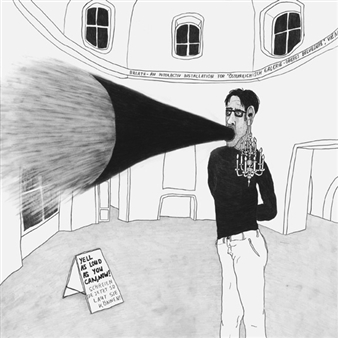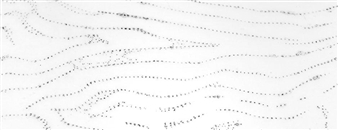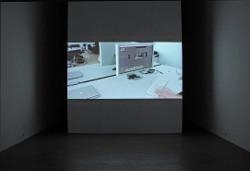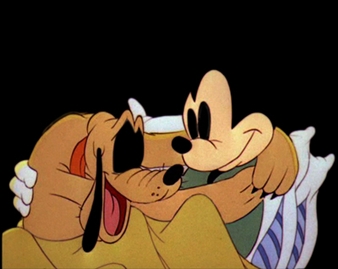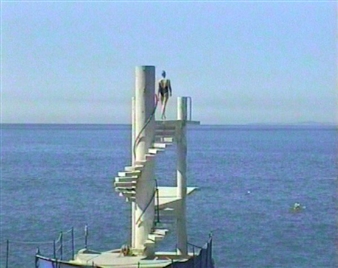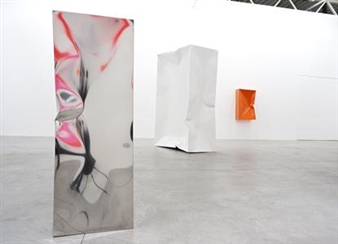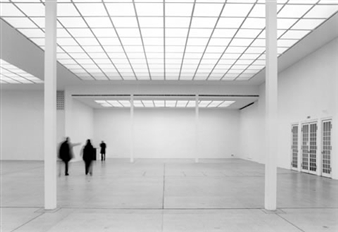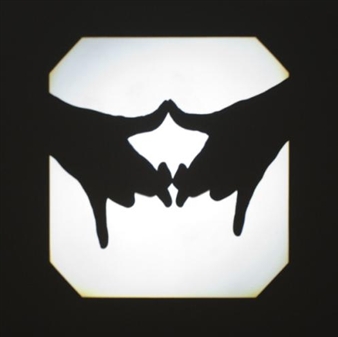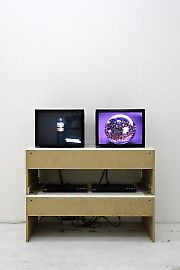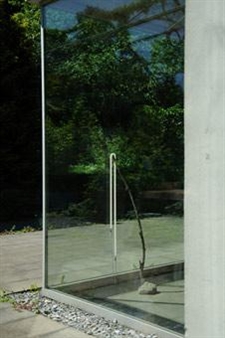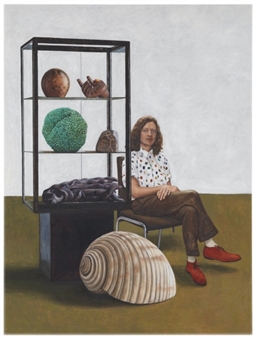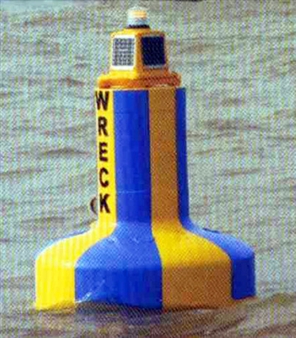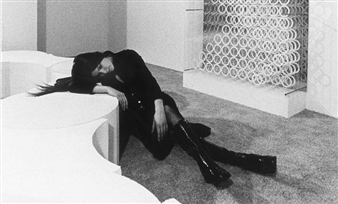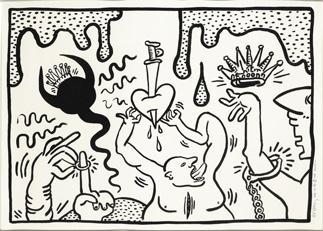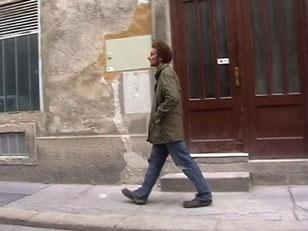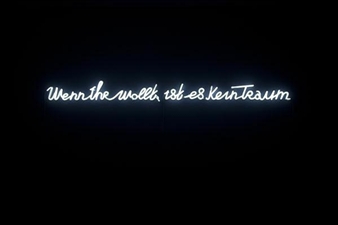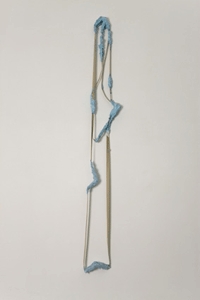Carter: American Painting
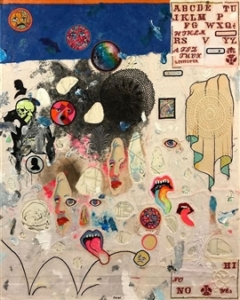
Wien, Vienna, 03/10/2017 - 04/29/2017
Schleifmühlgasse 5
“I think one general misconception of my work is that it’s always a form of
self-portraiture. It really isn’t. It’s more the idea of portraiture that I’m
interested in“,[1] answers American artist and filmmaker
Carter when questioned in an interview about his painting and sculptural work.
In his earlier works, Carter used handmade, marbled paper as support
background and pasted-on synthetic hair as artificial representation of the
corporeal or joined photographs of meticulously decorated, bourgeois interiors
from the 1950s and ´60s alongside his signature floating heads, body fragments
and brushstrokes, more recently his artistic methods have been essentially
changed.
For his third solo exhibition at the Georg Kargl Fine Arts gallery, Carter
has swapped the brush for a manual sewing machine; has interwoven towels into
the picture support and and has changed his reduced colour range from blue, grey
and black to a rich multicoloured spectrum. Although paint is still applied to
the surface he has introduced an incredibly detailed stitching using brightly
coloured thread. Nevertheless Carter’s artistic style remains unique,
distinctive and individual. It consists of subtle variations of repeating
colors, such as pink, red, light blue or neon yellow and green. Shapes of
hand-sewn faces, meticulously sewn eyes, wide opened mouths with brightly
coloured lips and teeth, stuck out tongues and floating heads manically run
through his entire new body of work. The facial images live in a space that’s
perhaps both absurd or ghastly, yet ultimately are detached from any specific
feeling or emotion. Tightly applied to the support, Carter’s blending of the
foreground with the partly painted background creates a complete visual space in
constructing a dense fabric of references out of formal, semantic and historic
allusions.
He casually quotes art historical examples and applies their formal
achievements. In his current exhibition, entitled American Painting, he refers
directly to his artistic predecessors and his own American tradition. Comparable
to Robert Rauschenberg having merged painterly and sculptural elements into his
Combine Paintings by incorporating found objects, Carter is using coins with
head motives, lace doilies and popular yet dated emblems, which can be read in
the long American tradition of quilting or hand-stitched Samplers. Andy Warhol
with his analyses of identity constructs, role models and sexuality, Hockney or
Picasso’s shattering of the figure into both formal and conceptual Cubist bits,
or Cindy Sherman and her play with grotesque masks, costumes and
suppressed fantasies can be seen as points of departure, even if Carter deals
with such issues in a more reserved manner. Casting a wider net and referencing
the counter-culture movements of the 1960s and '70s and various cults both
sinister and peacefully communal, the artist is influenced by the clothing,
codified symbols, art and atmosphere of the time.
Speaking in terms of form, Carter’s methods never result in painting,
sculpture, photography or drawing as such. His work is all of them and, at the
same time, always in-between. In terms of content, it points out that everything
connected to gender, sexual, or social identity is never stable or natural, but
appears to be the product of a social and cultural process of construction.
Carter's works are not bound to rigid ascriptions, and they never can be.
According to the artist's explicit wish , here is a list of the following
wikipedia links that gives a broader insight in his artistic engagement over the
past few years.
